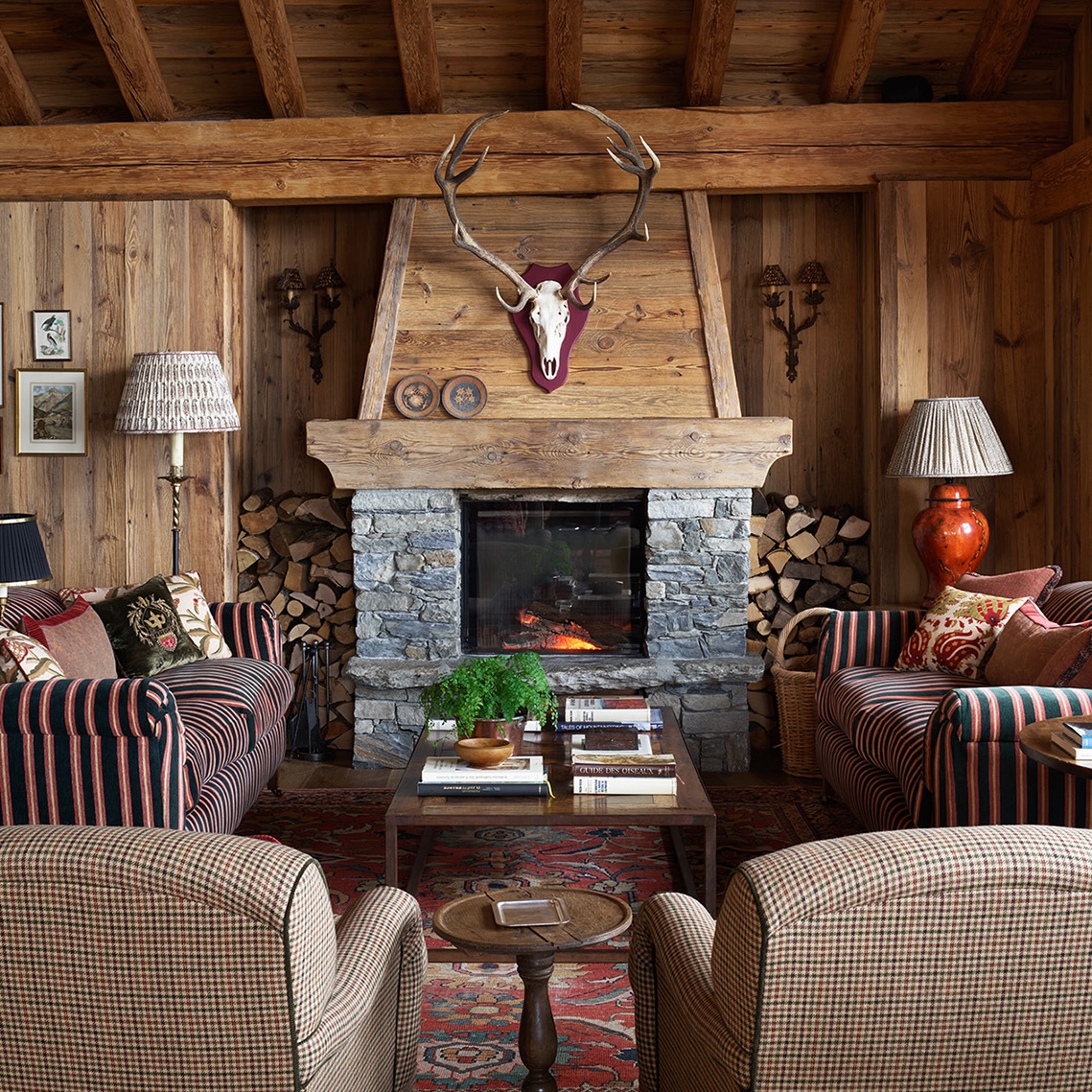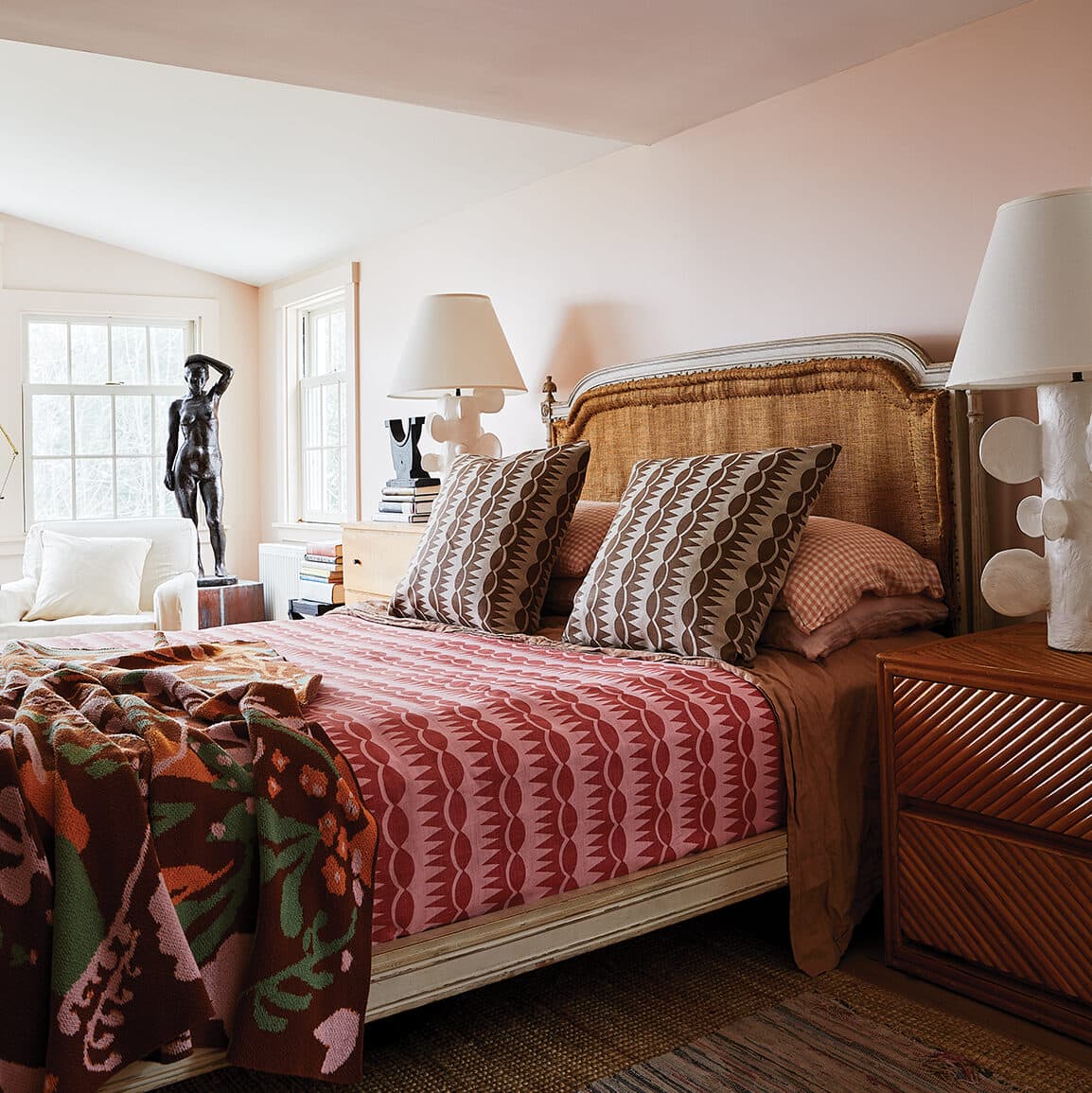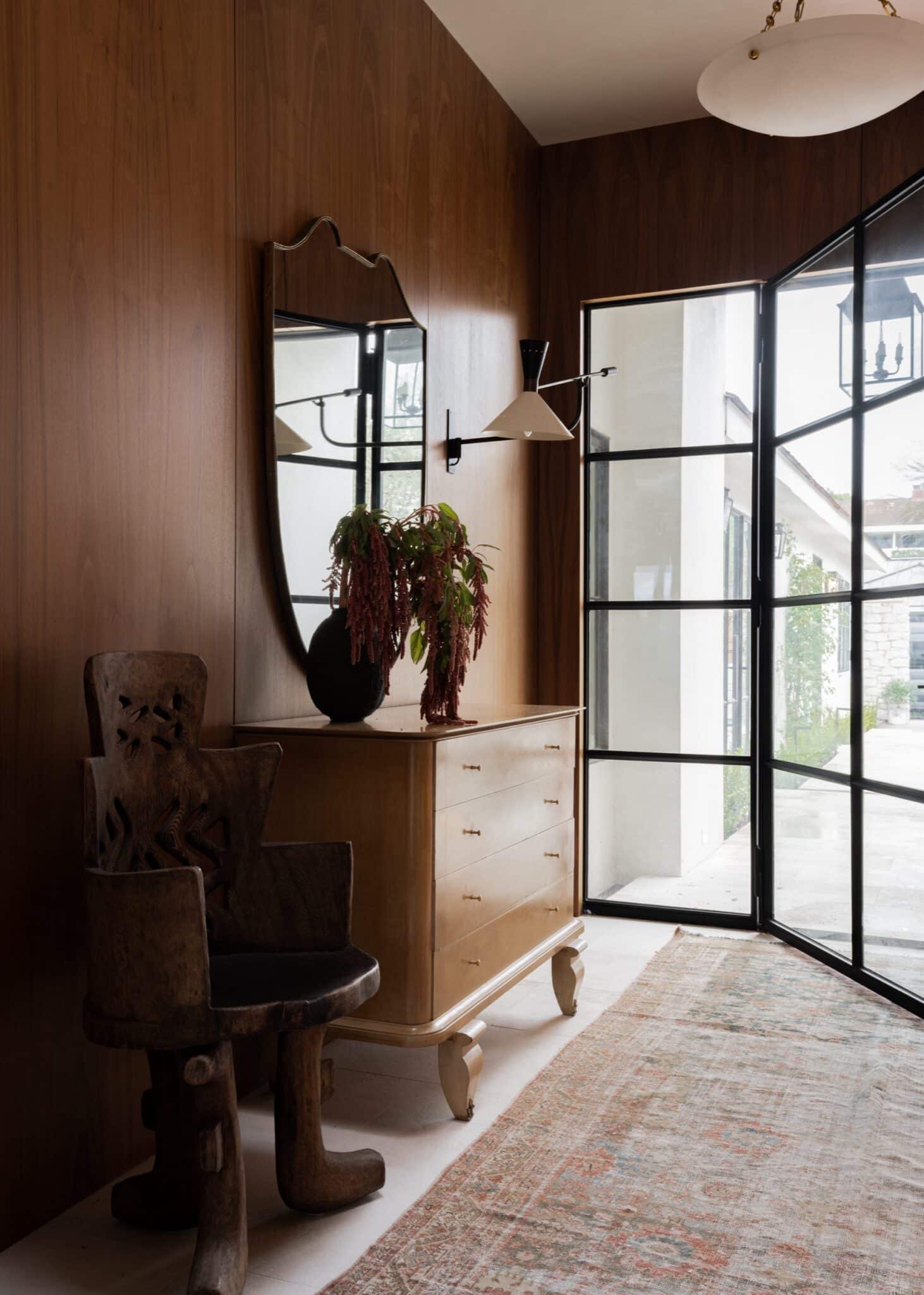In his new book Michael S. Smith shares the inside story of his dramatic transformation of the Obama White House.

For design lovers and political junkies alike, designer Michael S. Smith’s new book Designing History: The Extraordinary Art & Style of the Obama White House offers a fascinating inside look at an historic makeover of 1600 Pennsylvania Avenue.
Not since the Kennedy administration had a designer of Smith’s stature been asked to serve the First Family, and given the license to create something truly new. Tasked with creating a chic, comfortable space for a dynamic young family in a beyond-traditional space, Smith pored over historic documents, sketches and photographs of the Residence, paying particular attention to the work done under Jackie Kennedy by the power trifecta of Sister Parish, Maison Jansen’s Stéphane Boudin and Henry Francis Du Pont.

Featuring a foreword from former First Lady Michelle Obama, the book offers a behind-the-scenes look at how Smith navigated the challenge of honoring the place’s past while infusing it with a modern character, taking us from the “organized chaos” of move-in day on January 21, 2008 to his schemes for grand state rooms (he wallpapered the Oval Office in a soft coffee stripe punctuated with crimson-colored curtains) and intimate family spaces including Mrs. Obama’s stunning celadon personal office.

Ultimately for Smith, it wasn’t just the iconic interiors that struck a lasting chord in him, but rather its inhabitants. “Every time you walk into the White House, you can’t help but feel the intense power of more than two centuries of storied American history; the very experience of being in those fabled rooms is exhilarating,” he writes in the preface. “But while the building itself is important—its silhouette firmly etched into the American psyche—the White House is essentially static without the soul and spirit of the people within. It’s their character, intellect, and humanity that make it so compelling.”






















